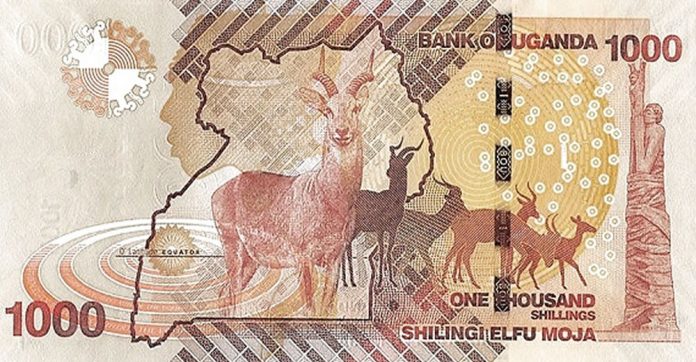Three things stand out in the one thousand shillings notes, but hard to miss is the historical attributes therein. First is the Historical Monument, a thing that graces all the other notes. True, like all the other currencies, the back of the one thousand note bears an illustration of the Equator. This is in honor of the fact that Uganda is among the 11 countries in the world that boasts of both the Southern and Northern Hemispheres. Special thanks to the Equator that passes through it. The world has 195 countries. Among the well-developed vantage points where you can experience the Equator in Uganda include Masaka, Entebbe, and Mountain Rwenzori.
Tacked away somewhere is the material Culture that is Nyero Rock Paintings, or as the locals would prefer, Nyero rock paintings. It is not every day that one gets to see prehistoric rock art that is untouched. Kumi District is home to such paintings. Better known as Nyero rock, the paintings which date to before 1250 CE are believed to have been dyed by the Batwa. They are a pygmy tribe that lived in Eastern Uganda prior to the arrival of its present occupants, Nilotic and Luo. The artworks which enrich the cultural heritage of Ugandans are made of sets of concentric circles in white, alongside drawings in the shape of ‘acacia pods’.
Fondly called AKasa, this note is a perfect picture of the flora and fauna-Antelopes. Its brownish color is in harmony with that of the wildlife species it features. Most of these are in the antelope family, inclusive of the Ugandan kobs. You are almost guaranteed of seeing these species anytime you drop by Murchison Falls Park, Queen Elizabeth National Park, and Lake Mburo National Park. Ooh, there’s Kidepo Valley National Park too.
However, beyond celebrating art, the note implores Ugandans to conserve their History and eco-tourism attractions, as symbolized by the rock paintings and wildlife. Short of this, this note is a reminder not to lose to the direction and become critically endangered, as seen in the population of the Batwa. According to the National Population and Housing Census (2002), the Batwa population in Uganda is 3,500. It is estimated that they were over 10,000 a century back.


























